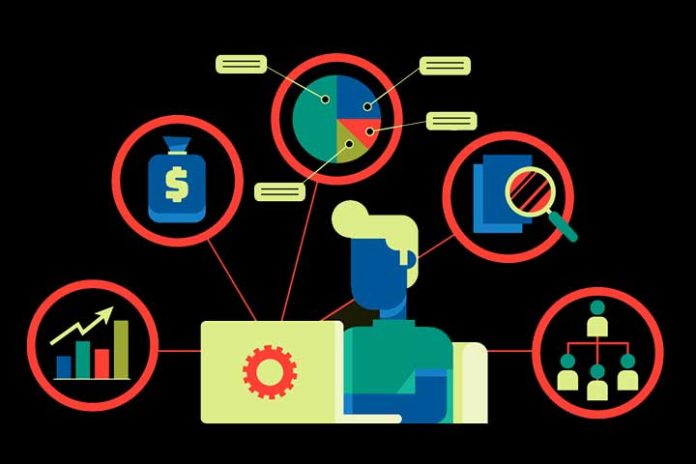As of today, the information must be accurate, real and timely for the decision-making of the Financial Directors or Heads of Area. Said information must be used to take actions to be carried out, such as:
- What do I need to buy, or what do I need to sell?
- How many employees do I have in the Company?
- How much stock do I have in my warehouses?
- How is the Company?
For this reason, let’s talk today about the Parameterization of an ERP, that hidden part that users do not see and that can be developed and adjusted to the needs and peculiarities of the Company.
What is Parameterization or “customizing” in an ERP?
ERP stands for Enterprise Resource Planning or enterprise resource planning. It is a type of software that allows you to manage the operations of the Company. In the end, it is a common operational repository where daily tasks of administration, accounting, purchasing, sales, logistics, marketing and human resources converge.
For its part, Parameterization consists of adjusting the ERP’s internal configuration to the Company’s real needs.
As in Web pages, there is the visible part in an ERP, the “Front-End” part used by key users or Key Users (user interface view) and the hidden part or “Back-End” (processes that are executed in lower layers), that part that someone with the appropriate knowledge can only manage.
It is at that moment when the figure of the Consultant appears, that person who has the necessary knowledge to carry out the tasks of Parameterization and “Customizing” of an ERP.
What does it mean for an ERP to be parameterizable?
A configurable ERP becomes a kind of fixed “backbone” made up of standard routines and fully configurable ramifications by adapting the application’s source code. These configurable parts affect both the Front-End and the Back-End.
The final result is a “unique” ERP, a fully customized program to carry out your management tasks, instead of having to submit to the rigidity of a default application that does not allow any modification.
Due to its characteristics, management through a configurable ERP is suitable for practically any sector and company size: industrial, banking and finance, retail & commerce, catering, technology, etc. And it is that whatever the sector, using a program adapted and configured to measure supposes an enormous competitive advantage.
Configuration and Parameterization
The initial configuration and Parameterization are essential to prepare the ERP and adapt it to the processes and workflows. All this is based on the current business model and, presumably, the model it will adopt.
In other words, it will allow us to align the operation of the ERP to the present and future needs of the Company, incorporating new processes and functionalities. In this way, in addition, we avoid costly developments tailored to the client.
Returning to the issue of the Consultant, Parameterization is not something that can be done without knowing the functional scope of the Company or the ERP since it requires an effort to configure:
- User profiles and roles. Security management.
- The physical structure of entities, corporations, cost centres, logistics centres, production centres, etc.
- Languages, currencies, charts of accounts, etc. In short, the location of the product by country.
- The regulatory and tax structure.
- The structure of the products.
- Workflows.
- Business and workflow rules apply to the sector.
Minimizing risks
User training will be much easier if a previous and adequate configuration exists.
For this reason, the presence of said professional in the initial consulting work is necessary. An incorrect ERP configuration can lead to errors, causing a greater start-up effort or failure. Of implantation.
Failure to do it properly will lead to unavoidable risks, such as:
- Security issues.
- Impossibility of segmenting the information individually (by different parameters) and consolidating.
- Needs to improve user training.
- Inconsistency between the operational processes and the functionality they pursue.
- Errors in the processes and the functionality of the ERP with respect to the needs of the Company.
- Efforts were added after the fact.

